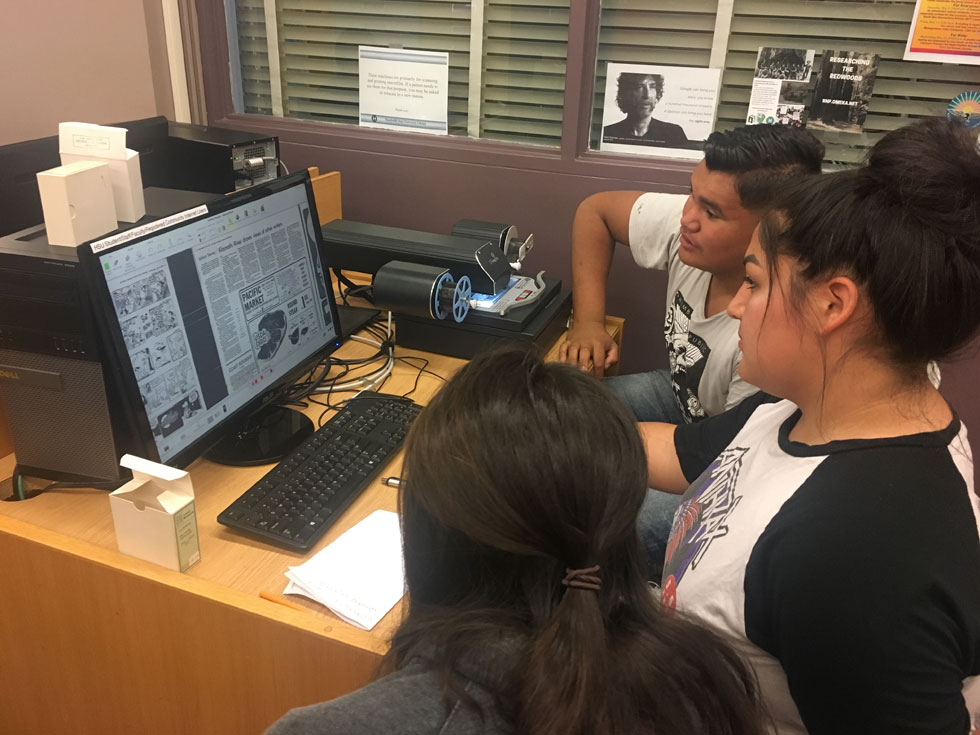Tips for Educators
Be Aware of Bias
The first step to creating a safe and nurturing environment for Indigenous children, families and communities is being aware of personal bias and how one’s perception of others is shaped by personal worldview and environmental surroundings. Awareness of explicit and implicit bias create an opportunity for self-growth and reflection. A professional might ask:
What do I feel is valuable to teach to children? What experiences have led me to believe that these teachings are important? How do these values, beliefs and experiences influence my assumptions, expectations and interpretations of children?
Shift the Paradigm of the Educational System
Institutions such as the child welfare system, judicial system and educational system are built on frameworks influenced by historical, social and economic interests. As professionals, it is important to research and be mindful of these influences, as well as how these interests continue to resonate in the genetic pool of institutions. A professional might ask:
How do I benefit from the current institutional framework? Am I aware of my position of power within the system? Do I take extra steps to create safe spaces for my students?
Seek Testimonial Justice
Norton, a California Indigenous historian, states that “in the telling and in the listening, humanity meets.” This concept of bringing “meaning to the engagement between the storyteller and listener” is critical in shifting the paradigm and initiating steps toward healing. There is a need to solicit, create space and actively listen to Indigenous narratives and testimonials. A professional might ask:
Who writes the stories? Who benefits from the stories? Who is missing from the stories?

Photography Research
